Mastering Social Media for Nonprofit Promotion: Insights and New Data from Experts
As a digital marketing expert, I’ve tried several strategies over the years. And one thing I’ve learned is that marketing nonprofits requires a specialized approach.

As a digital marketing expert, I’ve tried several strategies over the years. And one thing I’ve learned is that marketing nonprofits requires a specialized approach.
Unlike businesses, nonprofits don’t sell products or services. Instead, they want people to support a noble cause.
Their marketing budget is also usually limited, but social networks come to the rescue. They’re free, run 24/7, and have a global audience already present.
In this guide, I’ll explain how to use social media for nonprofits and share some of best practices when creating content on each platform.
How to Leverage Social Media for Nonprofits
According to HubSpot’s 2024 Social Trends Report, 82% of marketers found that social media marketing was effective for their brands.
Experts who’ve worked with charitable organizations also vouch for social media as an effective marketing strategy for nonprofits.
Will Yang, head of growth and marketing at Instrumentl, says, “It enables direct interaction with the audience, allowing nonprofits to foster personal connections with their supporters — an essential aspect of fundraising and advocacy work.”
We’ve established that advocating for your cause on social media works. But does that mean marketing on all the social media channels is the best move? Not so much.
While it’s great to have a diversified nonprofit social media strategy, focusing on too many platforms at once uses up a lot of time and resources.
So, instead, I suggest selecting two to four platforms that work best for my cause and sticking to them until you reach your social media goals.
My favorites are Facebook, Instagram, TikTok, and X. Since each platform has its unique features and user preferences, you should follow different strategies to maximize my content’s impact.
1. Facebook
I’ve been using Facebook ever since I got my first smartphone.
But even though it’s one of the oldest social networks, it still remains the most popular among brands. HubSpot’s research found that 65% of B2C brands use Facebook as one of their top marketing channels in 2024.
And this is true for nonprofits as well. The 2023 Nonprofit Tech for Good report states that 96% of nonprofits have a Facebook Page.

Consider No Kid Hungry, a charity organization that aims to end childhood hunger in the U.S. The nonprofit has gained over 318,000 followers by regularly posting about its campaigns and activities on its Facebook Page.
Numbers aside, I prefer Facebook due to its simplicity and versatility. I’ve had success promoting all types of content, from texts and videos to infographics and polls. Let’s look at some strategies I follow.
How to use Facebook for nonprofits:
- Livestreaming. Compared to pre-recorded videos, livestreams give organizations higher engagement rates. You can provide real-time updates about your nonprofit’s activities by livestreaming them. At the same time, viewers can make donations through the livestream itself.
- Using the donation button. During a fundraising campaign for unsheltered people, one expert created a dedicated Facebook Page with a donation button. This made it easier for supporters to make donations once they visited the page.
- Joining Facebook groups. Groups allow nonprofits to reach a global audience that shares the same passion. You can post on different Facebook groups to ask for donations or volunteers. You can also manage your own group, where you can share updates with supporters.
2. Instagram
With 50% of B2B and 53% of B2C brands active on Instagram, it currently ranks as the third most popular social media platform among businesses. In fact, 23% of brands achieve the highest engagement on this platform.
However, Instagram only promotes visual content formats like images and videos. This can pose a challenge if you prefer writing about your brand. However, Instagram can unleash creativity.
Using various reel templates, memes, and other social media trends for nonprofits, you can turn serious charity information into fun content your audience will love.
Hilarity for Charity’s Instagram post recently grabbed my attention while scrolling through my newsfeed.
I like how they used a popular reel template to create a playful atmosphere while educating the masses about Alzheimer’s disease.
The organization spreads awareness about the condition using its own mascot, trending audio, and an eye-catching message.
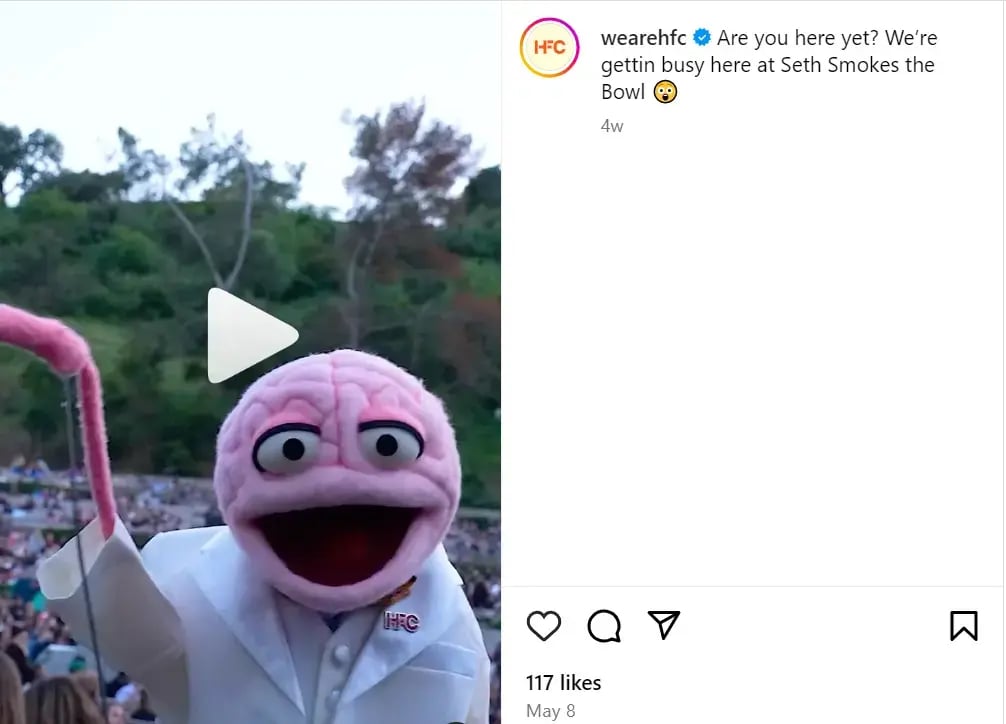
How to use Instagram for nonprofits:
- Partnering with influencers. Influencer marketing is one of the key strategies to increase audience interaction, and Instagram is a great place to find public figures who are passionate about charitable causes. You can ask influencers to create reels showcasing their support for your cause.
- Cross-sharing. If I make a post on Facebook, I can share it on Instagram with one click. So, even if you're low on time, you can quickly run a campaign on two social media platforms at once.
- Using Instagram Stories. You can use Instagram Stories to build curiosity among your followers and get them to visit your profile. Stories typically include sneak peeks into your latest campaigns, shoutouts to supporters, and some behind-the-scenes shots of volunteers working.
3. TikTok
With 39% of B2C brands using TikTok, this video-based platform is a solid choice for social media marketing. It supports charities not just through fundraising but also by rolling out new features.
For example, in 2023, TikTok donated $250,000 to the Rare Impact Fund while introducing features like sleep reminders and screen-time limits to support mental health.
TikTok’s demographics largely consist of people below the age of 34. This means I can easily reach Gen-Zers and younger millennials on the app.
Other nonprofits also use TikTok for growth and increased reach. American Cancer Society, for instance, has built a good presence on TikTok and has gained over 26,500 followers.
Xavier English, co-founder of Supermix, shares these tips: “If you’re trying to reach a really wide audience of people in a younger age bracket for a cause that has mass appeal, you’re probably more likely to find them on TikTok, which has a younger user base.”
How to use TikTok for nonprofits:
- Creating video content. I regularly create videos about field activities, fundraising campaigns, and event planning. This shows supporters how I’m spending their donations.
- Using Donation Stickers. I also make sure to add Donation Stickers to all my videos. This way, followers can directly make donations without spending time searching for a link.
- Uploading short videos. TikTok allows video uploads of up to three minutes. However, I upload shorter videos that are less than 30 seconds because these get the most engagement.
4. X (Formerly Twitter)
Modern businesses are shifting their focus to video-based platforms, which explains why only 31% of B2C brands view X as a top social media platform. However, I still consider X a great nonprofit marketing channel.
But it’s not just me. Other nonprofits have had great results on this platform. Consider Oceana International, an NGO dedicated to saving and restoring the oceans. It has amassed more than 496,000 followers on X.

X has a massive celebrity presence, which means you can grab the attention of celebs who might be interested in working for your cause.
Creating content on the platform is also easy, as it allows users to add short captions to images and videos.
However, what’s tiring about X is that I need to post daily. Otherwise, engagement rates quickly die down, and it becomes difficult to increase your reach once more.
How to use X for nonprofits:
- Organizing content into threads. X posts (formerly tweets) have a limit of 280 characters. But I’ve found that threads are a great way to get around the limit. Not only do they allow me to share more information, but they convince the X algorithm that my posts are engaging.
- Posting during prime time. The trick is to post at a time when users are most active. That’s when I get the highest engagement. In my experience, 12-3 PM is the best time to post on X.
- Using actionable CTAs. Another way I increase my engagement on X is by using calls-to-action like “Share if you support this cause” or “100k likes, and we’ll organize free health checks this month.” This encourages people to interact with my posts through likes, reposts, and comments, increasing my reach.
- Creating branded hashtags. Using popular hashtags can help you reach a large audience. You can also create your own hashtags and encourage followers to use them in their posts.
Similarly, hundreds of other nonprofits have successfully created social media campaigns on platforms like Reddit, Threads, and LinkedIn. The platform you choose depends on your goal and the demographics you want to target.
Meagan Jackman, president and CMO of The Harkey Group, provides guidance to help you choose the ideal platform:
“If a nonprofit needs corporate donations, the team should turn to LinkedIn. If there’s a youth nonprofit looking to speak to parents, they should leverage Facebook. If the message is informational, YouTube is a great medium.”
The ultimate goal is to be where your target audience can find you.
Support Your Cause Through Social Media for Nonprofits
You’ve probably faced a fair share of struggles when marketing your nonprofit organizations. However, building a strong social media presence on Facebook, X, TikTok, and Instagram made it easier to reach a global audience that shares your passion.
By following best practices and social media trends for nonprofits, you can leverage your social media accounts to create brand awareness and engage with your target audience.
Editor's note: This post was originally published in June 2022 and has been updated for comprehensiveness.
What's Your Reaction?















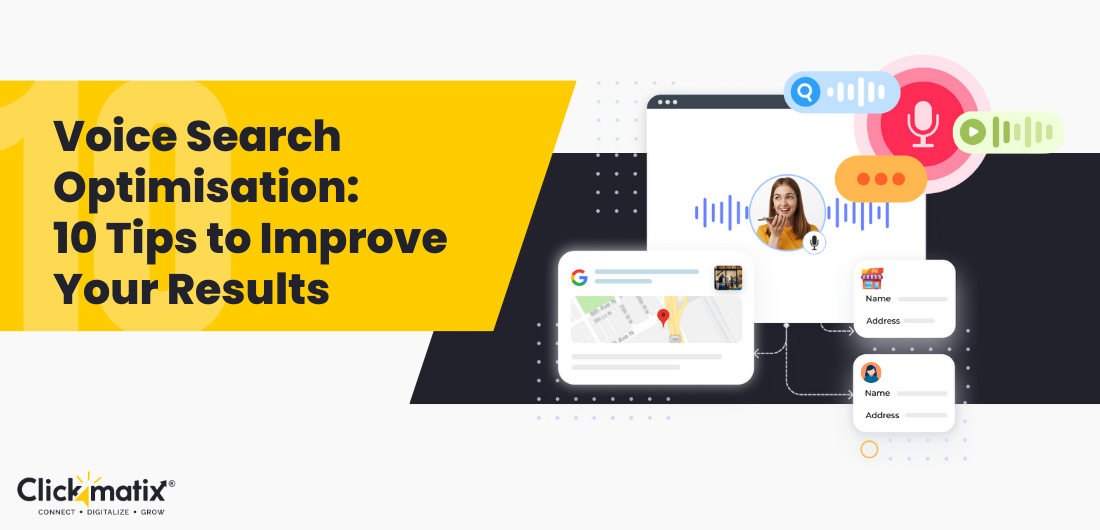
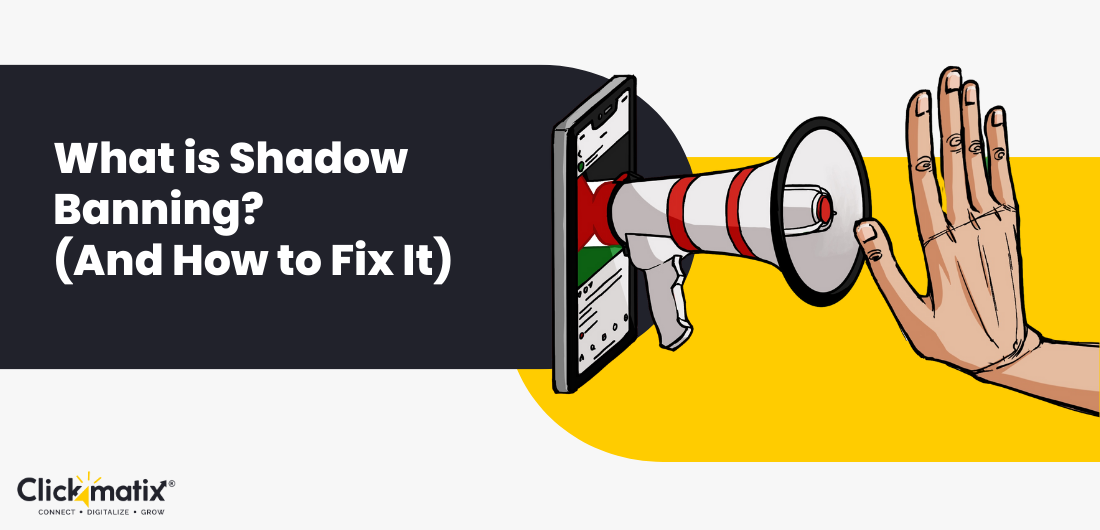
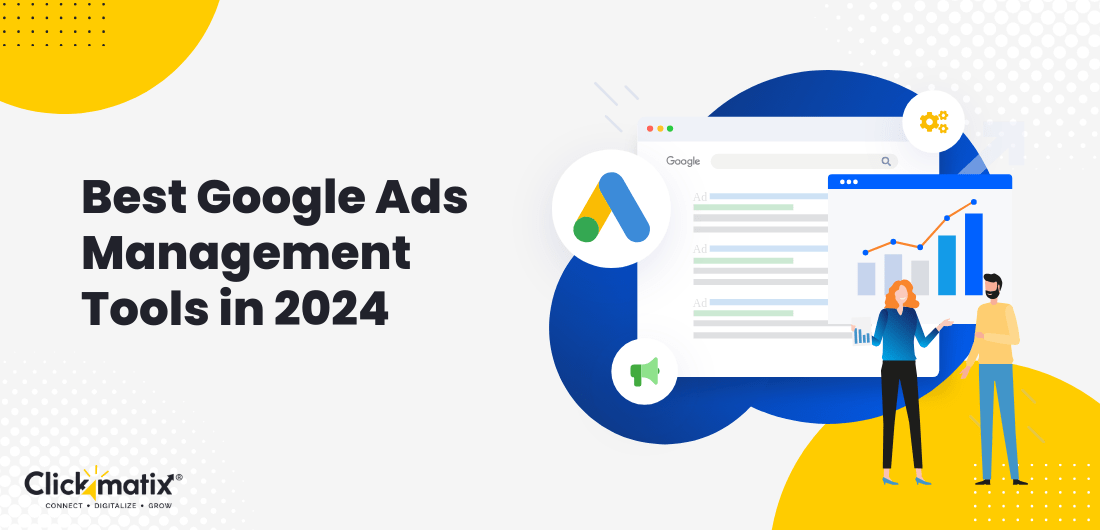




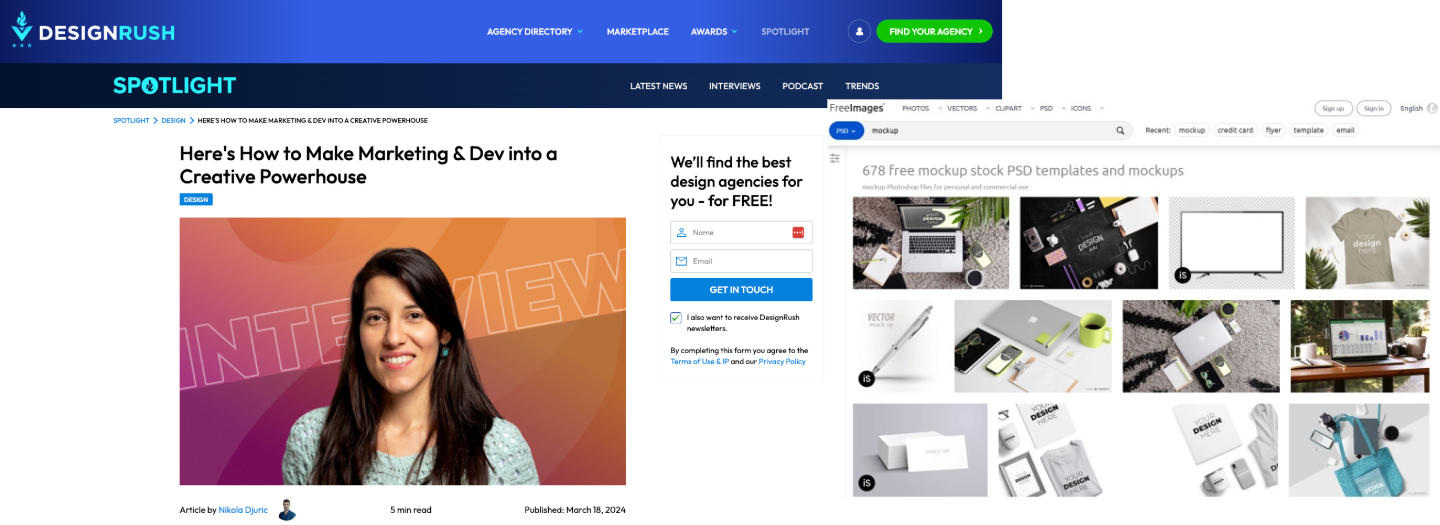

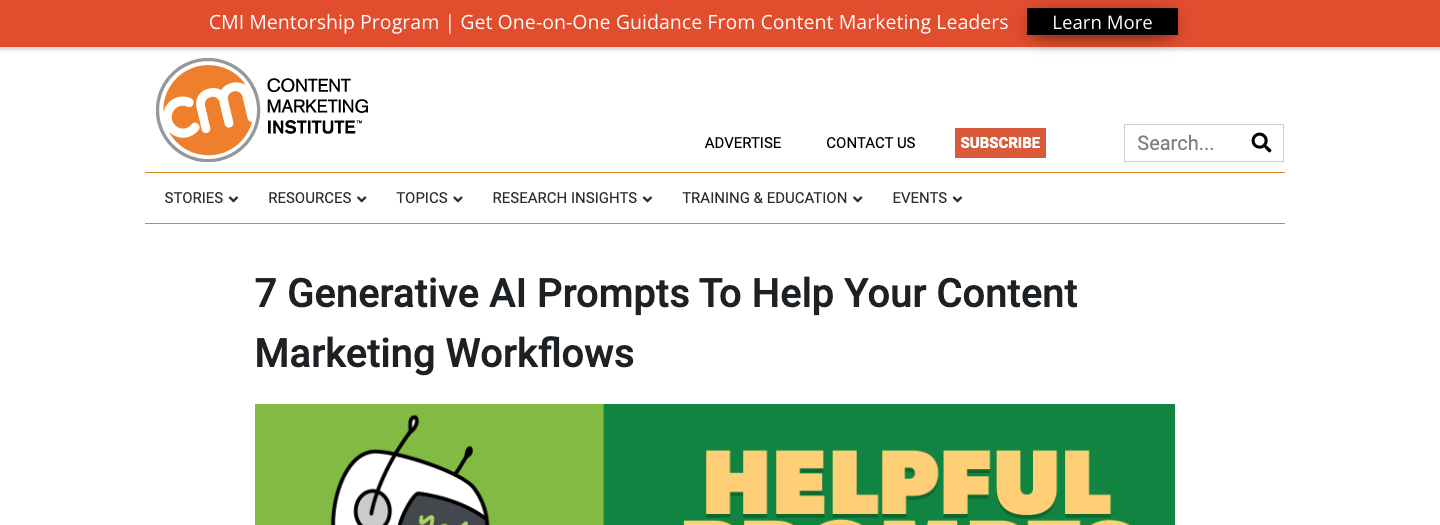















































![Download Now: The 2024 State of Social Media Trends [Free Report]](https://no-cache.hubspot.com/cta/default/53/3dc1dfd9-2cb4-4498-8c57-19dbb5671820.png)













